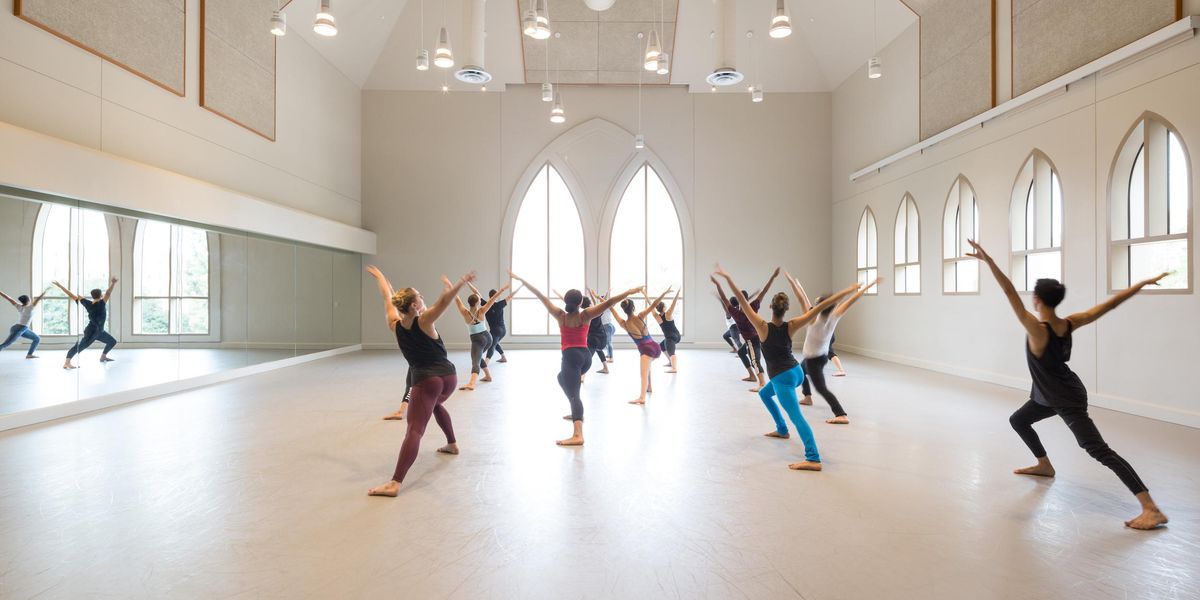Your Visual Resumé
Dance is a visual art form, and the package you present during auditions matters before you even take a step. An old headshot and a stale reel that lacks your most current work won’t show a director who you are. Updating your materials can feel like busywork, but remember that these images may be your first impression: Keep them specific to your target audience and recalibrate your look with every call you attend.
The Biggest Mistakes
Like most artistic directors, Glenn Edgerton of Hubbard Street Dance Chicago wants “to be able to recognize a dancer in the studio from her headshot, when I have a stack of papers and 50 dancers in front of me at a time.” The following missteps can get in the way of a director’s ability to understand who you are and how your skills might fit in with the company or project.
Glamour shots.
“Pretentious, overly glossy, model-type photos don’t make sense because they don’t relate to your real self,” says Edgerton. “I do not need to know that you are ready to walk the runway. It has nothing to do with your ability when you are being given a task or a piece of choreography.” Instead, opt for a more simple headshot where your hair is done similarly to how you will wear it in the audition, with natural, appropriate makeup, taken from an angle where your face can be identified quickly and easily.
Overly sexual photos.
Skimpy outfits and steamy expressions will not help you get taken seriously for your dancing. “Keep your clothes on. I am really offended by these kinds of photos,” says Edgerton. “This type of pseudo-sexual representation is a fad and it is the wrong choice. Even for adults.”
Random reels.
Your reel should show you dancing clearly, in a repertoire that is similar to the company you are auditioning for. “You need to know who your audience is. I don’t need Nutcracker pas de deux,” says Edgerton. Begin with your strongest work and keep it under three and a half minutes. If you do not have performance footage to show, or if you are obscured on the video, take your own instead. “I would always prefer something in the studio, more up close, able to see face, body and personality,” Edgerton says. To make it extra effective, JC Gutierrez of McDonald/Selznick Associates says, “Pick a song that you want people to associate with you every time they hear it.”
Things to Consider Before the Photo Shoot
Dance photographer Rachel Neville offers these tips for getting the most out of your photo budget:
1.
Do your homework. Research images online for the companies you are interested in and take note of the personalities their current dancers project. Send links to your photographer in advance so he or she can be on the same page with your goal.
2.
Get to know yourself. Come up with descriptors for your personality and style as a dancer. This will help both you and the photographer capture a good, memorable likeness for you to use as your calling card.
3.
Plan to have your headshots done well in advance of when you think you will need them so you also have time for any retouching and quality printing. Many photographers run specials or discounts in their down seasons, or they may have a package where you can schedule a shoot with a few friends and split the costs.
4.
Discuss camera angles, background color and lighting with your photographer. Every choice comes with a subtle message to the viewer. While presidents are almost always shot from below to indicate power, performer headshots are most often taken at eye level or slightly above. You want to project confidence as well as a willingness to be directed.
Trial and Error
Not sure how to tell if you are representing your best self? JC Gutierrez, partner and director of dance/on-camera at McDonald/Selznick Associates agency in Los Angeles, recommends testing out your audition approach: “Your audition outfit should be an extension of yourself. One of my clients wears the outfits she is considering out with friends or to class first, and then takes notice of how it makes her stand out or what responses it garners, if she felt good or weird. It helps her determine which looks make sense for her. Use class for what it’s for—a place to learn—and try things not only with your body but also with your look.”




